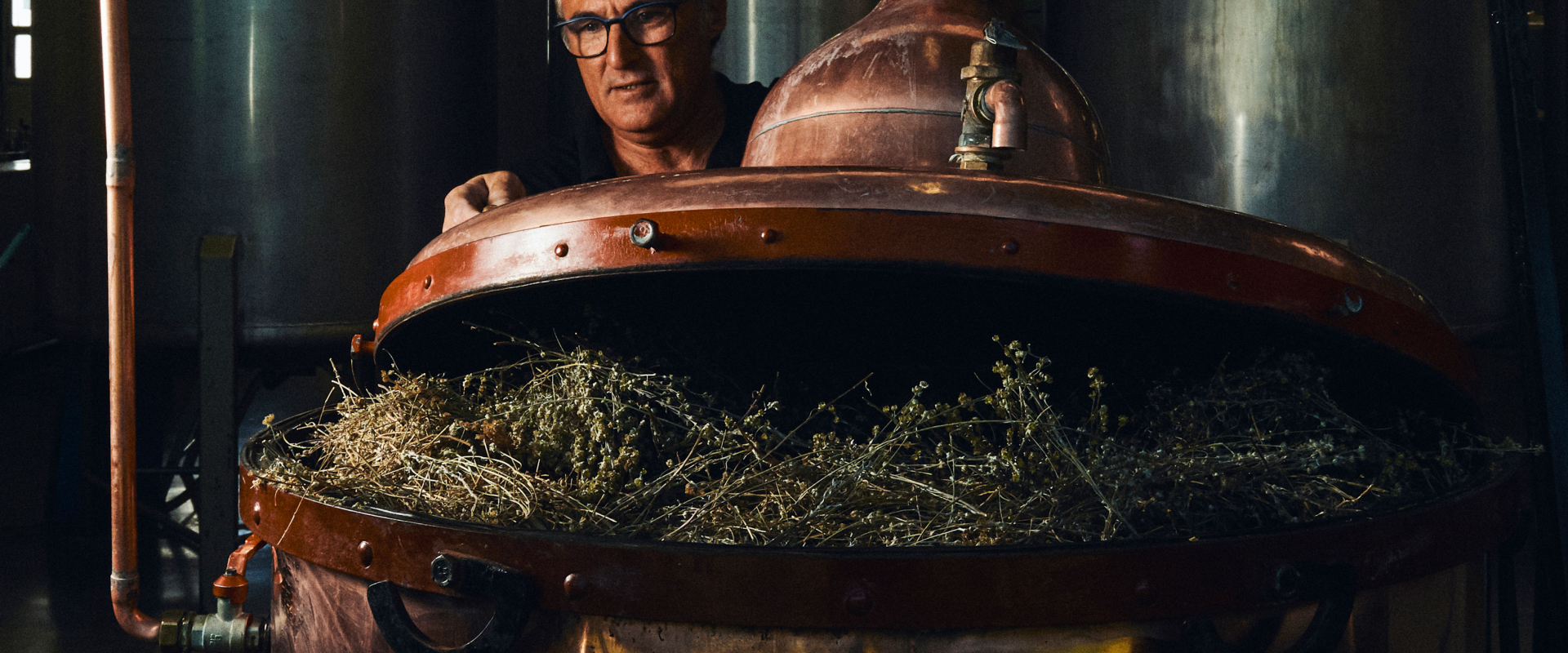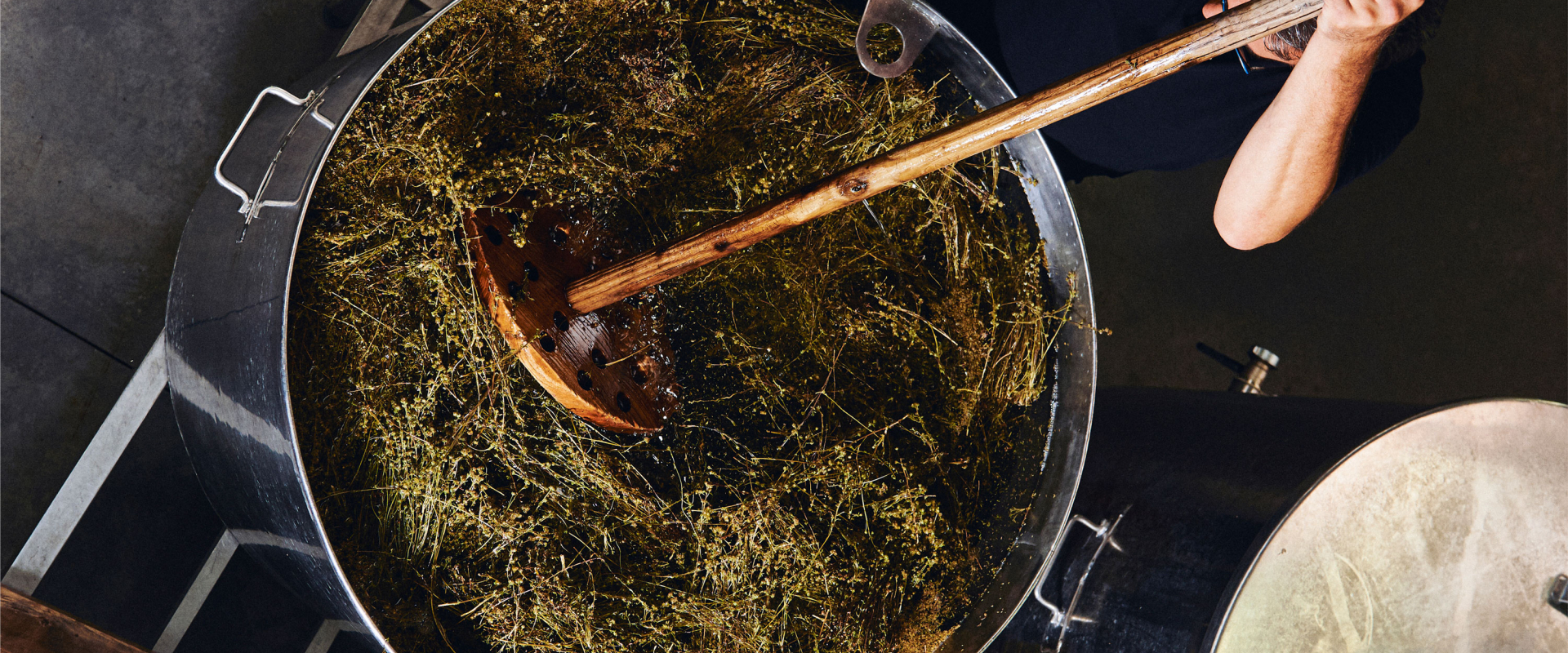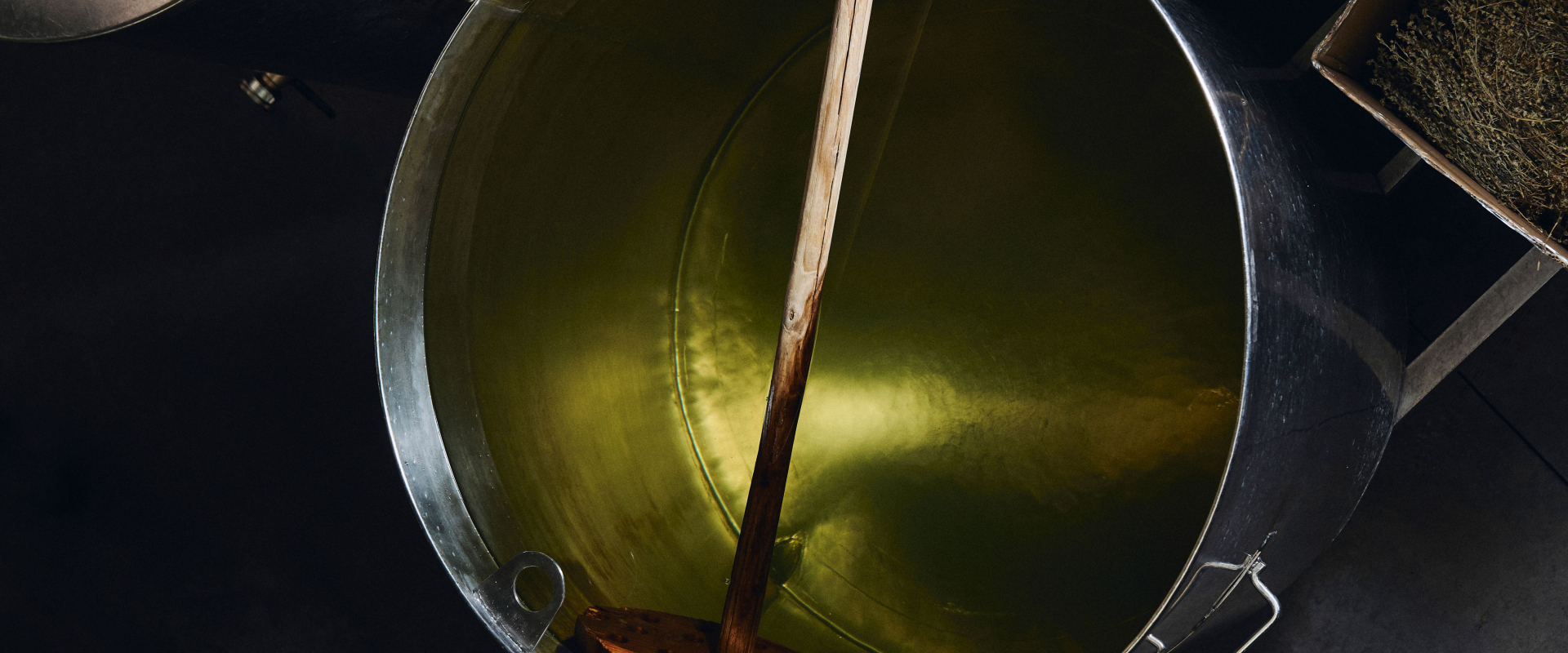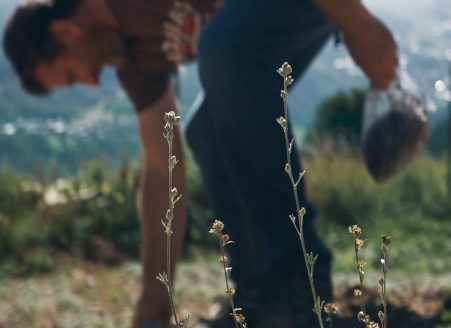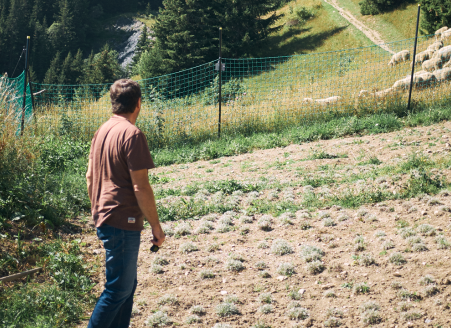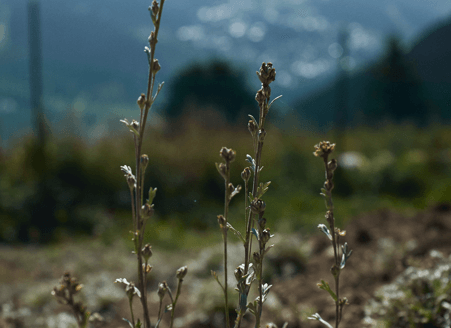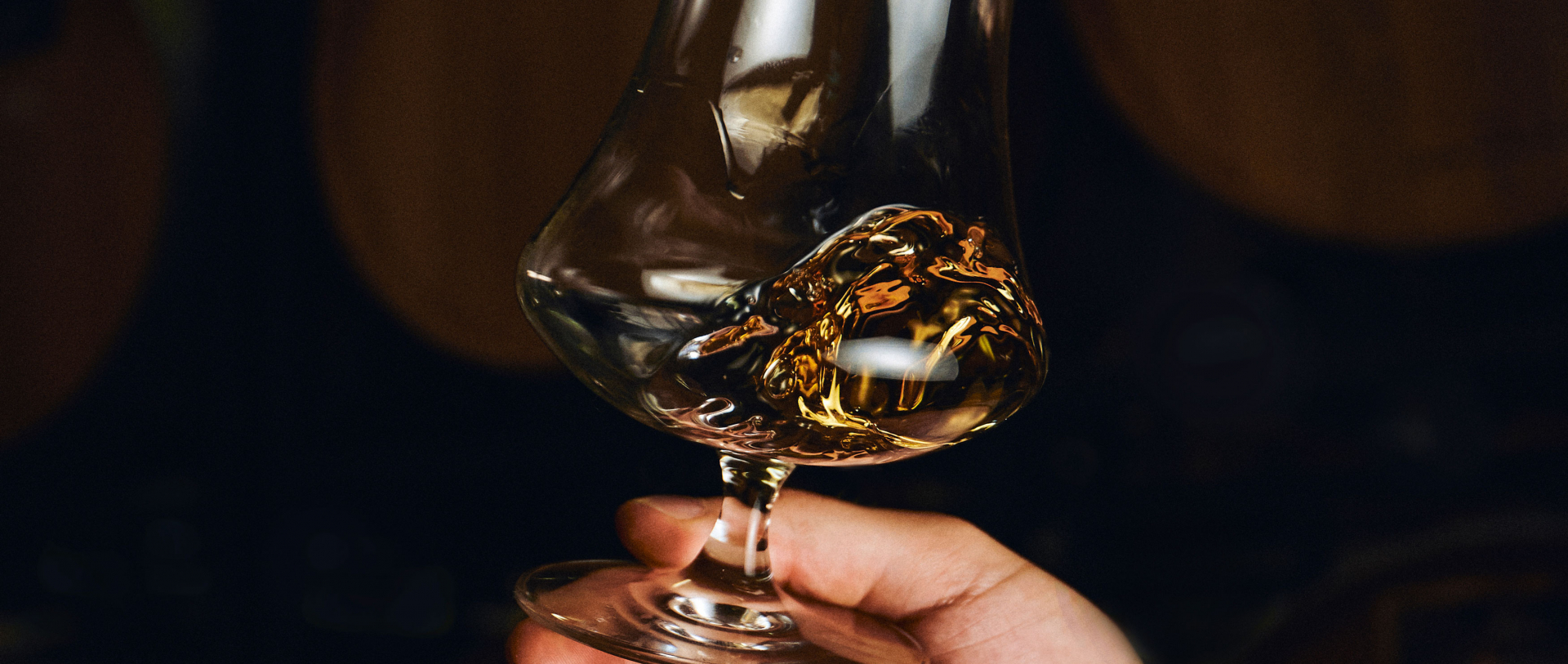
Eau-de-vie (brandy) and Liqueur: what are the differences?
Eaux-de-vie (brandies) and liqueurs both refer to spirit drinks, but their production methods are very different and they each have their own specific tastes. Let's see together how they differ.
Eau-de-vie (brandy)
The eau-de-vie is a drink with a high alcohol content, greater than 37.5% vol., the production of which includes two main stages: the fermentation of agricultural raw materials (cereals, fruits, wines or plants) and the distillation of this fermentation in a still.
Agricultural raw materials are generally left to ferment in specific tanks for several weeks to several months. The yeasts naturally contained in agricultural materials will then transform the sugar they contain into alcohol. If the raw materials have a low sugar content, the fermentation is then slower and the alcohol level obtained during this first stage is lower.
The product of this fermentation, also called a wash, which generally contains only a few degrees of alcohol, is then poured into a still to be distilled. The work of the Master Distiller will here relate to the concentration of the aromas and especially of the alcoholic degree in order to obtain a distillate generally above 50% vol. These distillates are then placed to rest in glass containers for fruit brandies or in oak barrels for wine or grain brandies.
The most produced brandy in France is Cognac, but our producers also stand out for the quality of their fruit brandies. Here are some types of eaux-de-vie and their most well-known names/inscriptions:
- Wine Eau-de-vie, such as Cognac
- Cider Eau-de-vie, such as Calvados
- Grain cereals Eau-de-vie, such as Whisky
- Plant Eau-de-vie, such as Tequila
- Fruit Eau-de-vie, such as Kirsch d’Alsace
Eau-de-vie is traditionally consumed as a digestive.
Liqueur
Liqueur is an alcoholic and flavored drink made from fruits, plants, herbs, roots, flowers, etc. which usually contains at least 100g of sugar per litre according to EU laws. It is obtained by flavoring a neutral alcohol of agricultural origin, thanks to various processes: infusion and/or distillation of agricultural raw materials. Its minimum alcohol content is 15% vol. It faithfully restores the aromas of these raw materials.
If the most qualitative herbal liqueurs, such as Genepi Meunier or Chartreuse, are produced by distillation, fruit liqueurs are more commonly produced from a cold alcoholic infusion in which the fruits, generally cut or crushed, are placed to infuse for several weeks in a solution made up of a mixture of water and alcohol.
The distillate or infusion is then blended in precise proportions with the other ingredients (water, alcohol, sugar) to obtain the liqueur. Once the liqueur has been produced, it is left to rest in stainless steel containers, or in wood for certain herbal liqueurs such as Chartreuse, Bénédictine or the Hors d’Age cuvée of Génépi Meunier.
Some liqueurs may contain eaux-de-vie as an alcoholic base. This is for example the case of the Orange Grand Marnier liqueur which includes a proportion of Cognac in its blend.
Here are some iconic liqueurs produced in France:
- Orange Liqueurs “triple sec” : Cointreau, Grand Marnier
- Mint Liqueurs : Menthe Pastille, Get27
- Herbal Liqueurs : Chartreuse, Genepi Meunier, Benedictine
- Cherry Liqueur : Guignolet
- Tangerine Liqueur : Mandarine Napoléon
These liqueurs, more than a century old, are now at the forefront of the cocktail scene and their consumption has largely moved away from the traditional digestive in recent years. You follow ?
More stories
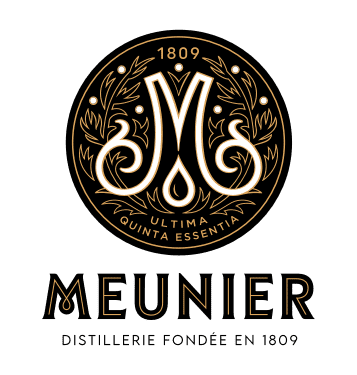
Are you of legal drinking age in your country of residence?
ALCOHOL ABUSE IS HARMFUL. PLEASE DRINK RESPONSIBLY.


